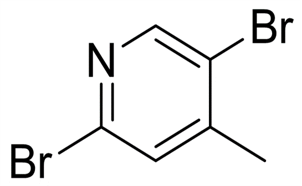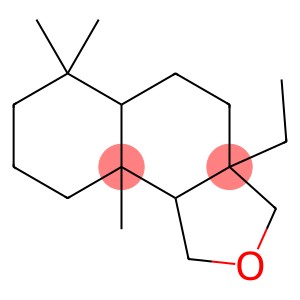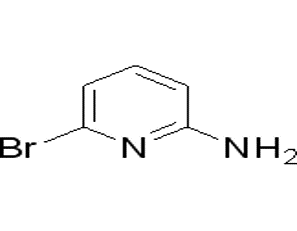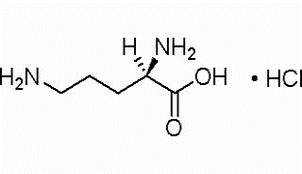2 5-Dibromo-4-methylpyridine(CAS# 3430-26-0)
| Risk Codes | R36/37/38 – Irritating to eyes, respiratory system and skin. R20/21/22 – Harmful by inhalation, in contact with skin and if swallowed. R41 – Risk of serious damage to eyes R37/38 – Irritating to respiratory system and skin. R22 – Harmful if swallowed |
| Safety Description | S36/37/39 – Wear suitable protective clothing, gloves and eye/face protection. S26 – In case of contact with eyes, rinse immediately with plenty of water and seek medical advice. S39 – Wear eye / face protection. |
| WGK Germany | 3 |
| HS Code | 29333999 |
| Hazard Note | Harmful |
| Hazard Class | IRRITANT |
Introduction
2,5-Dibromo-4-methylpyridine is an organic compound. The following is a detailed introduction to the properties, uses, preparation methods and safety information of this compound:
Quality:
2,5-Dibromo-4-methylpyridine is a solid with colorless to yellowish crystalline forms. It has strong solubility and is soluble in many organic solvents. It is an unstable compound that breaks down easily in sunlight.
Use:
This compound is often used as a raw material and reagent in organic synthesis.
Method:
2,5-Dibromo-4-methylpyridine is mainly prepared by the reaction of brominated p-toluene and pyridine. P-toluene reacts with cuprous bromide to form 2-bromotoluene, which then reacts with pyridine under acid catalysis to produce a final product.
Safety Information:
2,5-Dibromo-4-methylpyridine needs to be handled with care as it is a toxic compound. Care should be taken to avoid contact with the skin, eyes, and respiratory tract during operation. Appropriate personal protective equipment such as gloves, protective eyewear, and protective masks must be worn when used in the laboratory. When stored and handled, it should be kept away from flammable materials and oxidizing agents. If the substance is swallowed or inhaled by mistake, medical attention should be sought immediately. When disposing of waste, local regulations should be followed and the waste should be disposed of properly to avoid pollution to the environment.








